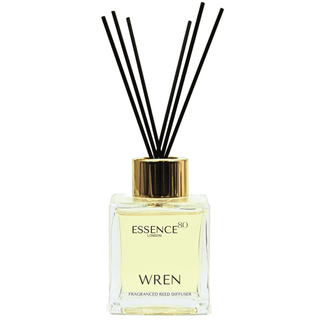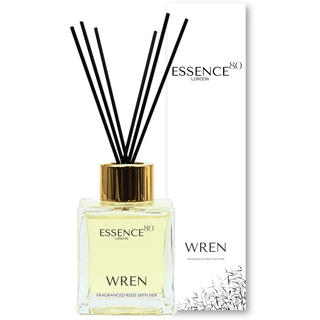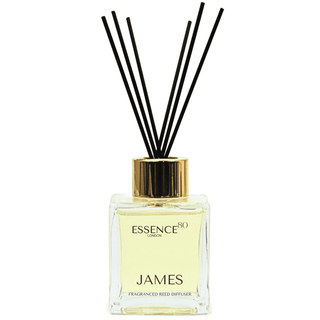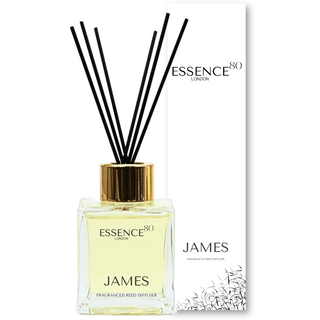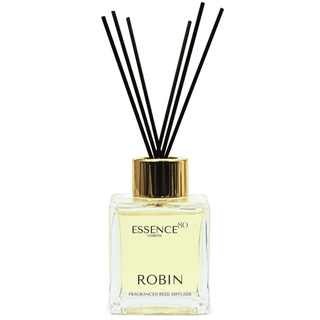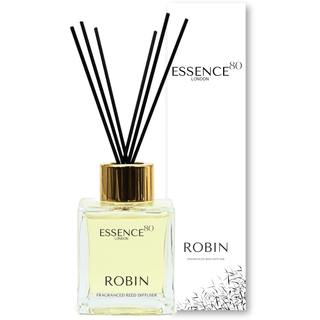For generations, aftershave has been an integral part of the grooming routine for men around the world. Beyond its pleasant scent, aftershave serves a vital purpose in soothing the skin after shaving and leaving a refreshing sensation. The history of aftershave is a fascinating journey that spans centuries, witnessing transformations from simple antiseptic preparations to sophisticated grooming elixirs that reflect the changing cultural and societal norms.
- Ancient Beginnings:
The roots of aftershave can be traced back to ancient civilisations, where men sought remedies to soothe their skin after the arduous task of shaving. In ancient Egypt, men used concoctions of natural oils and resins, such as frankincense and myrrh, to alleviate irritation and moisturize the skin post-shave. Similarly, ancient Roman soldiers utilized mixtures of water and herbs for their antiseptic properties.
- Medieval Times and Alchemy:
During the Middle Ages, alchemy and herbal medicine gained prominence, leading to the development of more sophisticated aftershave preparations. Monks and herbalists crafted concoctions containing a blend of herbs, flowers, and essential oils, which were believed to promote skin healing and ward off infections.
- Rise of Barbershops and Tonics:
In the 17th and 18th centuries, barbershops emerged as social hubs where men could receive grooming services and engage in discussions. Barbers concocted their own aftershave tonics, often infused with herbs, alcohol, and various aromatic ingredients. These tonics not only provided antiseptic benefits but also left a fragrant aura that added to a gentleman's appeal.
- The Advent of Commercial Aftershave:
The 19th century saw the industrial revolution, which significantly impacted the perfume and grooming industry. With mass production becoming prevalent, commercial aftershave products started to emerge. Brands like Old Spice and Aqua Velva gained popularity, offering men standardized aftershave solutions that combined antiseptic properties with delightful scents.
- Aftershave and the Modern Man:
As the 20th century dawned, aftershave became a symbol of masculinity and grooming. Advertisements featured suave men endorsing aftershave, emphasizing its association with attractiveness and charm. The rise of electric razors also contributed to the popularity of aftershave, as it became a vital step in the grooming process, whether for a clean shave or a well-groomed beard.
- Innovations and Skincare Benefits:
In recent times, the concept of aftershave has evolved beyond just fragrance and antiseptic properties. Aftershave products now cater to specific skin types, offering moisturizing, soothing, and healing benefits. Ingredients like aloe vera, chamomile, and witch hazel are incorporated into modern aftershaves to nourish the skin and minimize irritation caused by shaving.
- Niche Aftershave Brands:
With the resurgence of interest in traditional grooming practices, niche and artisanal aftershave brands have gained popularity. These brands often pay homage to the historical significance of aftershave while experimenting with unique scents and natural ingredients. Men seeking a bespoke grooming experience can now explore a wide array of small-batch aftershave products tailored to their preferences.
The history of aftershave is a testament to the evolution of grooming practices and changing cultural perceptions of masculinity. From ancient herbal remedies to the modern-day grooming elixirs, aftershave has adapted to meet the needs and desires of men through the ages. Whether it's a splash of a traditional tonic or a carefully curated artisanal creation, aftershave continues to be a timeless staple in men's grooming routines, adding a touch of elegance and refinement to the art of shaving.



